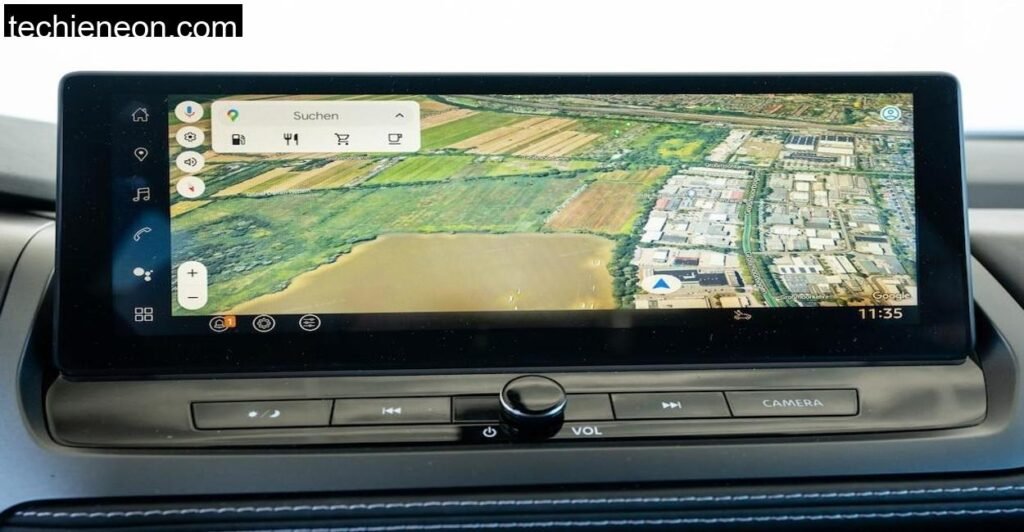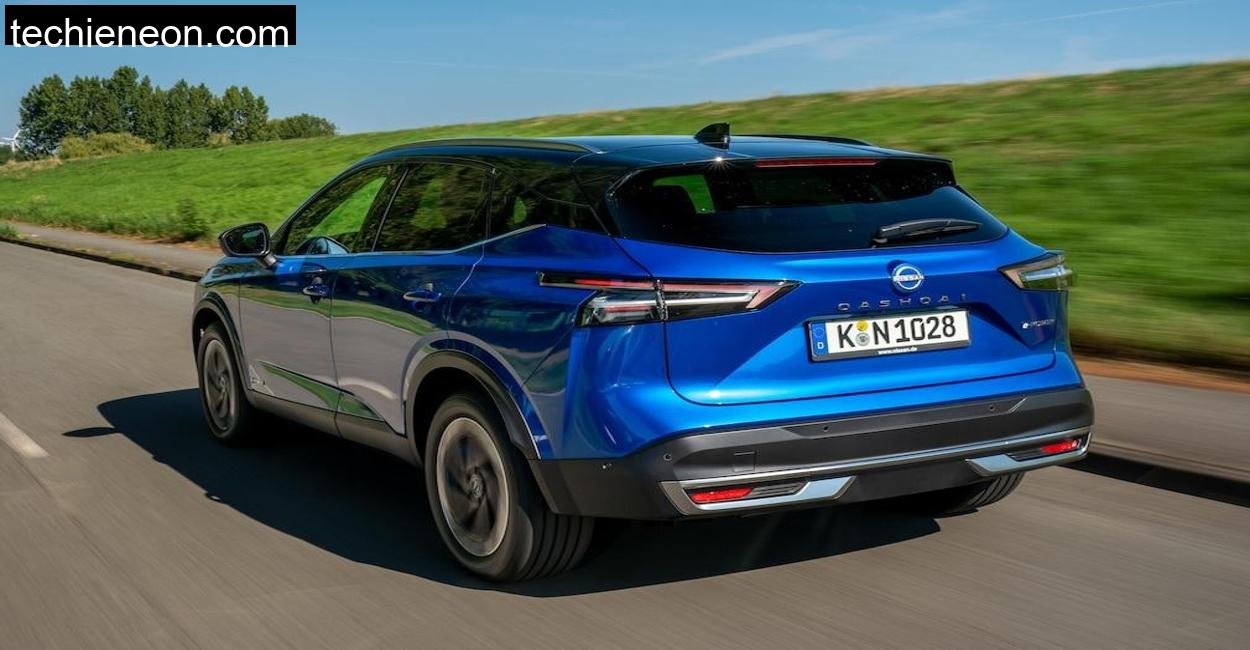The Hybrid that Doesn’t Want You to Notice It’s a Hybrid
The moment I pressed the start button and pulled away from the small village of Radevormwald, the Qashqai silently rolled forward. If you hadn’t read the badge, you’d swear it was a full EV. The electric motor responds instantly. There’s no gear-hunting, no delayed throttle, just clean and silent propulsion. It’s a very “clean” driving feel, a bit too filtered even, as though the car was designed to erase every trace of mechanical emotion.
And yet, it works. Especially in city traffic where the stop-and-go dance is handled with finesse. The 190 hp from the electric motor gives it surprising urgency off the line, and the 330 Nm of torque makes overtaking slower vehicles almost playful.
But what’s powering this electric serenity? That’s where the magic, or trickery, depending on your purist stance, happens.
A Generator on Wheels
The gasoline engine under the hood never directly drives the wheels. Instead, it runs at variable speeds to generate electricity, which then either charges the small battery or powers the electric motor. That’s right, you drive electric, but never plug in. It’s an unconventional approach that’s meant to deliver the feel of an EV without the infrastructure needs.
The first few kilometers were eerily quiet, even as I climbed elevation. It wasn’t until I hit a long uphill stretch near Wuppertal that I finally heard the engine kick in. It doesn’t roar, it whines, like a distant drone starting up. It’s subtle, but present, and sometimes oddly disconnected from your actual throttle input.
This is one of those rare cases where the engine sound doesn’t correlate with performance. You could be coasting and hear it revving up, or accelerating with near silence. It takes getting used to, but it works, at least when driven sensibly.
Real-World Driving: Between Efficiency and Frustration

Let’s talk numbers that matter: Nissan claims 5.2 liters per 100 kilometers. My loop through Bergisches Land, which included hilly terrain, highway stretches, and small towns, averaged out at 6.6 liters. That’s not bad, but it’s not great either.
Push it hard, and the Qashqai drinks greedily. In sport mode, I touched 9.5 liters, higher than some traditional turbocharged four-cylinder crossovers I’ve tested. The weight, nearly 1.7 tons, and the constant generator function of the petrol engine, play a role here.
Yet, in economy mode with a very light foot, I did see 4.8 liters briefly. The system works, but only if you work for it.
It’s almost as if Nissan designed the Qashqai e-Power to train the driver to be patient, thoughtful, and slow. I couldn’t help but smile at the irony, a modern SUV asking you to chill out.
Comfort, Cabin, and Quirks
The cabin is a lovely place to be. High-quality materials, minimal gloss, tactile buttons where you want them, especially for climate control. There’s a calm duality in its interior philosophy: screens where it helps, knobs where it matters. The 12.3-inch infotainment screen runs Google Maps natively, and you can command most functions with “Hey Google.” That part is brilliant.
Apple CarPlay, on the other hand, wasn’t so cooperative. It froze mid-call once, and another time, the music volume refused to budge. It’s a bug Nissan needs to squash quickly. Other tech, like the Around View Monitor with its eight camera perspectives and ‘Through the Hood’ view, worked flawlessly. It’s like playing a video game, only real.
Getting into the Qashqai is easy thanks to wide-opening doors. Front seat comfort is excellent, with good visibility and a commanding view. The rear seats, while decent, feel a touch tight for tall adults. The 455-litre boot swells to 1,440 litres with the seats folded, making it practical for family runs or long weekends.
Dynamics in the Hills
On the roads through Solingen and into the forested sweeps of Remscheid, I started pushing the Qashqai a bit. This is where it showed its limitations. The steering, though light and friendly in town, gets vague when you start threading it through bends. Quick directional changes make it feel floaty, and it doesn’t reward enthusiasm.
But grip levels were decent, and body control, though soft, remained composed. ESP is assertive and intervenes early, but it’s there to ensure safety, not thrill. Braking is adequate, with a bit of fade when pushed repeatedly.
And the ride? Smooth, forgiving. The Qashqai soaks up poor roads and cobbles with ease. It’s a cruiser, not a corner carver.
Conclusion – What the Qashqai e-Power Is and Isn’t
By the time I parked the car near a local bakery in Hückeswagen for a hot coffee and looked back at it under the grey German sky, I realized something: the Qashqai e-Power isn’t trying to be the future. It’s trying to be a softer transition into it.
It’s for people who want the electric experience without the electric lifestyle. No plugs, no apps to manage your charge schedule, no public charging anxiety. Just get in, drive, and save some fuel, if you drive like you mean it.
But it’s not for everyone. Enthusiasts will find it soulless. Those expecting huge fuel savings without changing habits will be disappointed. And at over €42,000, it’s not exactly a bargain.
Still, as a daily, calm commuter with a clean cabin and smart tech? The Qashqai e-Power delivers, provided you understand the compromises it quietly asks of you.



Leave a Comment